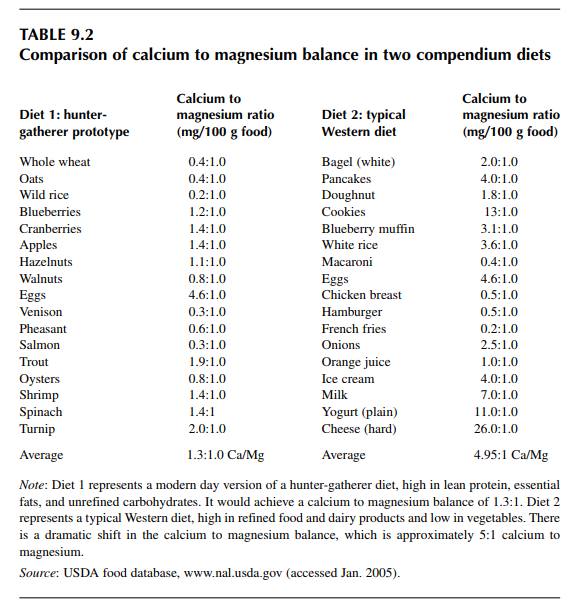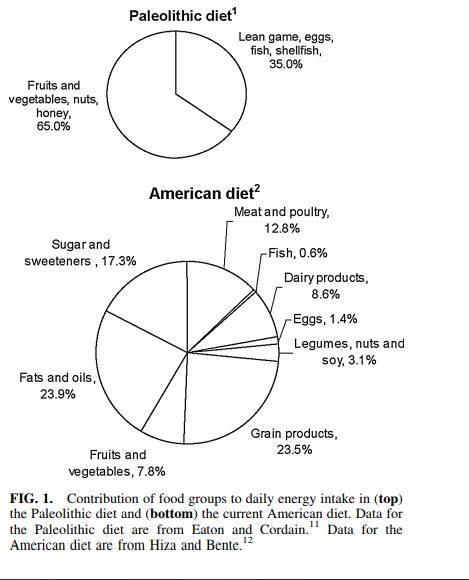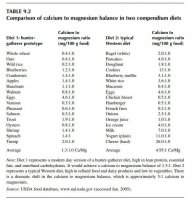Obi-wan
Member
- Joined
- Mar 16, 2017
- Messages
- 1,120
Here's an interesting review:
Intestinal Absorption and Factors Influencing Bioavailability of Magnesium--An Update
" In principle, the relative bioavailability of Mg2+ is higher when the mineral is taken up in multiple low doses throughout the day compared to a single intake of a high amount of Mg2+."
"The uptake of Mg2+ can be influenced by physiological factors, such as age and the other food components in a meal. Inhibitory effects can be exerted by high levels of partly fermentable fibres (i.e., hemicellulose), non-fermentable fibres (i.e., cellulose and lignin) and phytate and oxalate. In contrast, the inhibitory effect of other minerals, such as calcium, was not supported because it only occurs when unphysiological amounts are given within a meal. In addition to inhibiting factors, several dietary factors are known to enhance Mg2+ uptake, including proteins, MCT, and low- or indigestible carbohydrates such as resistant starch, oligosaccharides, inulin, mannitol and lactulose."
Doesn't really address transdermal magnesium...which I think is the way to go...



